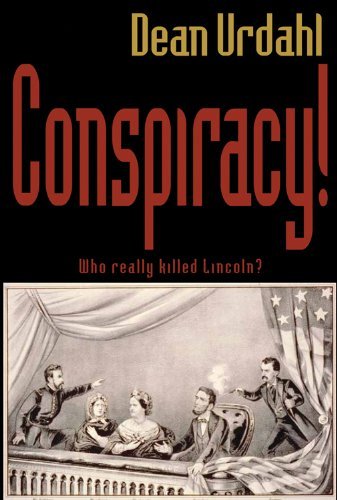
Powiedz znajomym o tym przedmiocie:
Retribution 1. wydanie
Dean Urdahl
Retribution 1. wydanie
Dean Urdahl
The Minnesota River Valley was awash in blood. On August 17, 1862, four young warriors hungry and resentful over broken treaties, unkept promises and mistreatment had murdered five white settlers near Acton in central Minnesota. This isolated, unplanned and random event swept like a wildfire ravaging the prairie. From the two agency reservations to Fort Ridgely to towns and settlers cabins, the rampage spread from the Valley and spilled onto the prairies north and south of the river. Hundreds of whites were killed. Estimates ranged as high as eight hundred dead. No one knows for sure how many died. Much of western and southern Minnesota was depopulated. The question was how many had been killed and how many had just left never to return? Indian dead were left uncounted. One thing was clear. Most of the dead were settlers, not soldiers. The Santee Dakota fought a total war. Men, women and children were killed. Many died as their killers feigned friendship. Most were unaware that an uprising of the Santee had even begun. The Native Americans fought for revenge, they fought to reclaim their land and they fought to right perceived injustices. It was a war for survival that became an ethnic cleansing on both sides. There was mercy among the merciless. While many Sisseton and Wahpeton Santee aided Little Crow, many others did not. John Other Day led Upper Agency whites to safety. There were many instances of Indians risking their own lives to save white friends. It was Little Paul and Red Iron who demanded that the white hostages held by Little Crow be freed. It was they who offered sanctuary to them. Even as America was in the midst of a great civil war, there were divisions among the Santee. Some had adopted the white man s ways as urged by the missionaries. They had cut their hair and wore clothing styled like that of the white pioneers and become farmers. Others chose to retain traditional Indian garb and customs. Four tribes comprised the Santee Dakota. The Mdewakantons and Wapekutes of the Lower Agency, also called Redwood, were led by Little Crow. The war was started and carried by them. The Upper Agency, or Yellow Medicine Santee were led by Christian chiefs and comprised the Sisseton and Wahpeton tribes. Farther to the west across the border into Dakota Territory were the Yankton and Yanktonais tribes of Dakota. The farthest west Dakota tribes were the seven bands of the Teton Dakota. They were the Oglala, Black Foot, Minneconju, Brule, Hunkpapa, Two Kettles and Sans Arc. They ranged primarily from the Missouri River west. Different dialects of the same language separated the tribes and the three major groupings of Teton, Yankton and Santee. The Dakota Conflict of 1862 was the bloodiest of all Indians wars west of the Mississippi River. It spawned a series of wars that lasted until Wounded Knee in 1890. But because America was simultaneously embroiled in the great Civil War that threatened to tear our country apart, events in Minnesota have largely been covered by the sands of time. The Dakota Conflict of 1862 was a defining moment in the state s history and in the nation s expansion. What happened when the guns stopped firing was equally riveting.
302 pages
| Media | Książki Paperback Book (Książka z miękką okładką i klejonym grzbietem) |
| Wydane | 15 kwietnia 2009 |
| ISBN13 | 9780878392810 |
| Wydawcy | North Star Press of St. Cloud |
| Strony | 302 |
| Wymiary | 6 × 226 × 149 mm · 439 g |
| Język | English |


